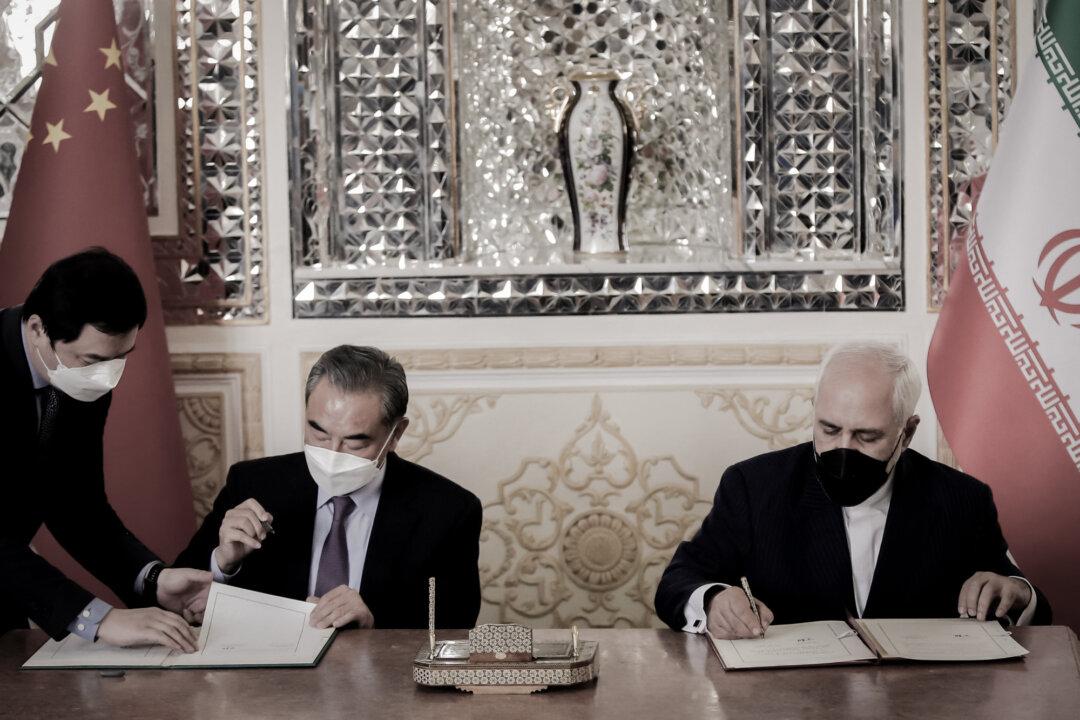Commentary
Grand treaties were devised during the Cold War between the East and West. These treaties were negotiated with the best of intent (at least on the West’s side) to mitigate the likelihood of any nuclear, chemical, biological, or other, forms of conflict. There were several treaties, including, but not limited to, the Space Treaty, the Strategic Arms Limitation Treaty, the Antarctic Treaty, and the Biological Weapons Convention to name a few. The common citizen now understands that many countries, such as China, may sign these, yet through examples like the Wuhan Lab, reserve a right to aggressively circumvent the treaties.





